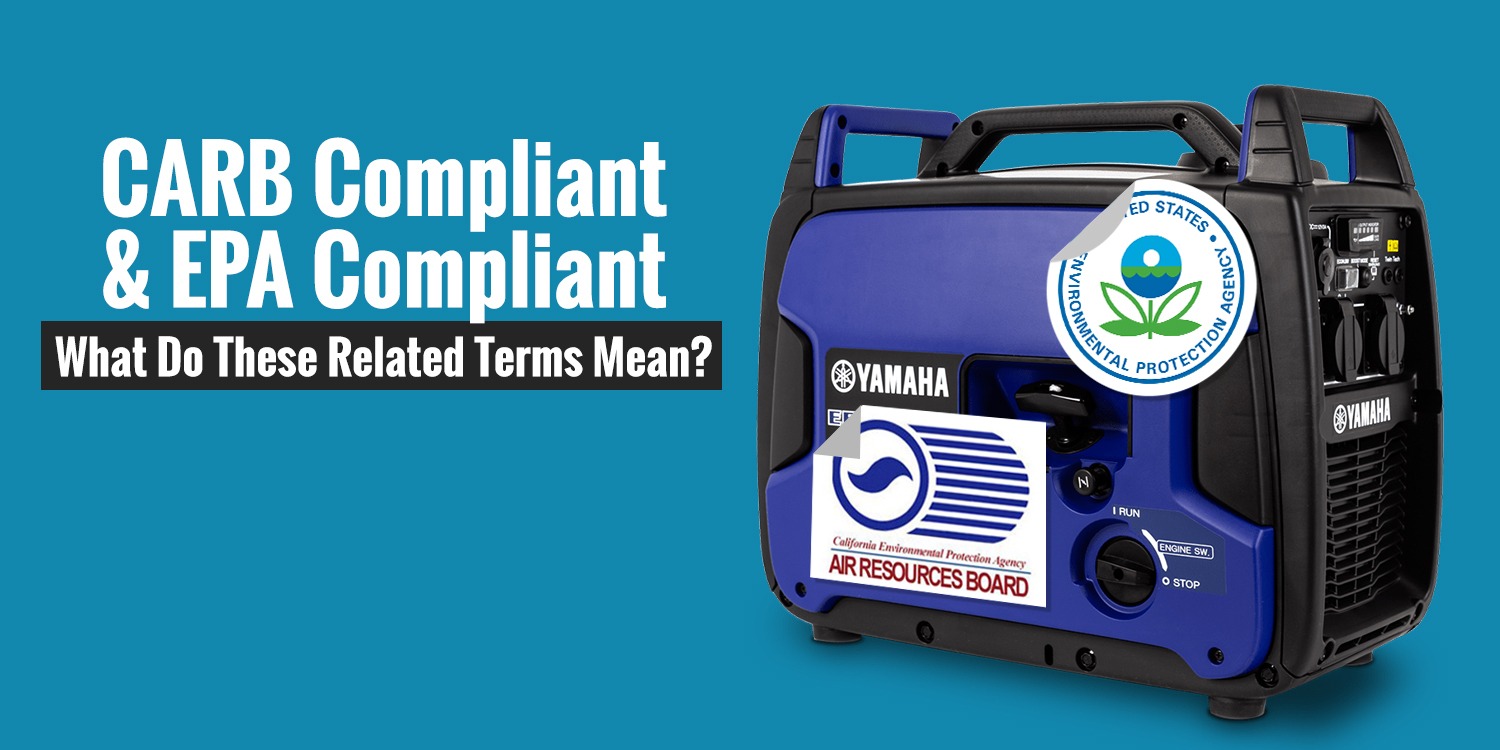 Replacement of old oil is among the regular maintenance practices that will make your generator a reliable companion during the stormy season. Other than making the starting process easy and comfortable, the new oil will also lubricate vital parts of the engine better.
Replacement of old oil is among the regular maintenance practices that will make your generator a reliable companion during the stormy season. Other than making the starting process easy and comfortable, the new oil will also lubricate vital parts of the engine better.
The replacement process may seem a tedious task but this is a duty that can be done by almost everyone from their home. Provided you keep the official product manual nearby you, then you’ll find the necessary information. This information will include the oil filter type, the desired oil type, the required amount, and the rate at which oil should be replaced.
The process has only 8 easy-to-follow steps meaning you can change the oil filter and oil in almost all generators. However, in case you encounter challenges during the replacement process, do not hesitate to seek help from a professional.
The following are the items required for the replacement process.
- The correct type of new oil
- Drain oil canister/can
- The correct type of new oil filter
- Protective gloves
- Clean brush and towel
- Protective goggles
- Oil funnel
- The correct socket wrench size
- Ratchet and oil filter wrench
- Flat and Phillips screwdriver
Guide on How to Change Oil
Your safety is the first thing you should consider before you begin replacing the old filter and oil from your generator. Ensure you thus have protective glasses and gloves on. Further, make sure that all the necessary equipment as listed above is ready. After confirming that everything is in place, you can then follow the 8 steps below.
Heat Up The Old Oil
Start by warming up the old oil in the engine for a short while for it can drain out easily and quickly. Hot oil tends to have a higher liquid consistency. To attain this, you only need to start off your generator and allow it to run for some minutes. After the few minutes, the oil ought to be warm enough to enable you to shut your generator off.
Place Generator on The Blocks
The second step involves getting some similar blocks and placing them on an even surface. If possible, place the blocks on your large, strong table to prevent you from straining your backs too much when bending.
Once that is done, you can place your generator on the blocks. This is to ensure that there is plenty of free space beneath the plug draining oil. While doing so, your machine should be well seated and stable so that it won’t fall off your blocks at all.
Worth noting is that some generators are extremely heavy. They require more than one person to lift them up. If you have such a machine, seek some help from one or two more people to avoid getting injured.
Unplug the Spark Wire
After seating your machine safely on the stable blocks, you should then find the spark plug and carefully unplug it. This is necessary to ensure that no accidental start of the engine occurs and that there is no oil inside. There are cases where locating the spark plug is not easy. Some models and brands spark plugs are hidden beneath plastic covers. Should you encounter problems finding the spark plug, consult your manual.
The owner’s manual will easily notify you where the spark plug might be and how to access it easily. Besides, some powerful models and brands might have more than a single spark plug. Checking out the instructions on your manual against your generator is thus very important.
After successfully locating where the spark plug(s) is installed, you then proceed to detach the wire that it is connected to. To do this in a safe way, grab onto the spark wire boot tightly, and then curl it in each direction and pull off simultaneously.
By doing so, you will safely and easily break the spark plug wire free despite it being corroded a little. Unclipping the bond from the spark plug and reducing the strain on the wire is possible thanks to the rotating motion. Only make sure that you don’t pull a portion of the wire as doing so can easily cause damages. Also, make sure that as you change the oil, the wire is secure somewhere in the generator. This will prevent its direct contact with the spark plugs.
Prepare for Draining Old Oil
You need to find the plug draining the oil after unplugging the spark wire and putting it in a safe place. Normally, the plug is a 3/8” nut having hexagonal or square heads. The shape and size of the nut depend largely on the model and brand of the generator. The safest way, therefore, to find it is reading through the owner’s manual.
In the manual, you will get all the necessary details needed to safely change the oil and the oil filter where applicable.
If you notice that the drain plug and the parts surrounding it are soiled, make sure you take enough time when wiping the grime and oil residue. Doing so will enable you to see clearly what happens inside there. Also, don’t forget to place an empty canister or oil pan beneath your drain plug. This will catch every drop of the dirty old oil from your generator.
We prefer using the Lumax drain pan. Nonetheless, any container that is leak-proof is still okay. To make the process of draining old oil in the subsequent process faster, you can as well take out the oil filler cap. Only ensure that the opening doesn’t allow anything inside.
Remove the Oil Plug
After the drain pan is strategically positioned to tap any oil pouring out of the generator, the next move involves removing the oil drain plug. More often than not, you will require a 3/8” socket and a ratchet.
The ratchet is mainly used for loosening the plug. Afterwards, remove the socket and ratchet and unscrew the remaining threading manually. However, note that the old oil will start flowing out of the engine immediately you remove the plug.
Do the best you can to gather every drop of old oil into the drain pan. Do not put this substance into the dust bin as it can easily pollute the water and soil. Take it to a place where it can be recycled easily.
Replace the Old Oil Filter
You should replace the oil filter also if your generator has one. Some opt not to; instead, they drain the generators old oil to save costs. Doing so means running new oil via an old dirty filter and is not the best idea.
Replacing both the filter and oil simultaneously can go a long way in prolonging your generators life span. It can also prevent malfunctioning of the engine. For replacement purposes, you will require a superb-quality oil filter wrench. The OTC 4562 Heavy Duty Oil Filter Pliers – 2 Piece is recommended even though there are other options you can choose from.
You only need to grab the old filter gently into your wrench and slowly loosen it. After loosening, remove the wrench and manually unscrew the remaining part. However, use protective gloves as the oil filter can be fairly hot. Also, have the drain pan beneath your filter too as a little of the old oil might pour out through the filter itself or the opening.
Inspect the oil filter adapters sealing surface for gasket or debris material and where necessary, clean it. Thereafter, take your new filter and slightly lubricate its gasket with the new engine oil. Begin fixing it by manually screwing it in with your hands until the gasket gets into contact with the filter adapter.
Lastly, take your pliers or wrench and tighten the filter an extra ½ to3/4 turn. Only make sure that you do not damage your filter by over tightening it as is a bit fragile. Also, remember to dispose of used oil filters and motor oil safely. Preferably, take them to the nearest service station, or your local spare parts store.
You can also search for the nearest recycling center near you and call them prior to confirm if they take oil filters and motor oil.
Tighten Plug and Pour New Oil
You’ll be required to reinstall the old drain plug to its place after the new filter is in its place. Similar to the previous screwing, you will manually do so and then tighten it using a socket wrench. From there you will then insert a funnel after removing the oil fill cap if you have not done that yet.
Once the above is complete, gradually pour in the new oil into the generator. The oil type and its requisite volume are individual for various engine models and brands. Ensure you thus read the owner’s manual to know the amount of oil to put in. The climate and temperature of the region of your generator use will affect the type of oil you will require.
You will need to take out the funnel and seal the oil fill cap after pouring in the proposed amount of oil. Ensure you use oil of superior quality since it safeguards your engine from wear and tear.
Reconnect Spark Plug Wire
This is the last step. As usual, take the wire boot and slide it over the plug’s top and press it in completely. You will most times hear a click or feel one after the connector fits in place. After reconnecting your plug, you can once again attach any covers you had taken down to reach it and that’s all.
Now start your generator and allow it to run for some minutes. This will help the clean oil to freely move through your engine while lubricating it. Then turn off the machine and check the level to see if it is within the required range. If not yet, go through the above processes and add oil until you attain the desired level.
Your generator shall be a dependable partner that’s always ready to serve even during the stormy season. This is due to changing the oil plus oil filter where applicable.
Video Guides
A collection of YouTube videos on changing oil is available on our website to help you follow our guide visually. This will reduce any confusion. Each video has a specific brand and the model of generator.
Hopefully, the videos will answer any pending queries. Kindly alert us in the comment section below if you fail to get a video-guide for your machine. We will try to have it added.
Lastly, we also have a guide on How to Choose the Right Oil for Your Generator on our website. Feel free to check it out.





Hi I have a generator that was working well until I changed oil. I put to much oil in it and started it and ran well. Until I shut it down then tried to restart a bit later. Well it wouldn’t start. I pulled the cord and it was like it wanted to break my arm. I checked the plug but it wasn’t fouled. I have no idea what I’ve done to cause this problem but I’m very aggravated at my mistake changing the oil. Can you help me before I tear it down.